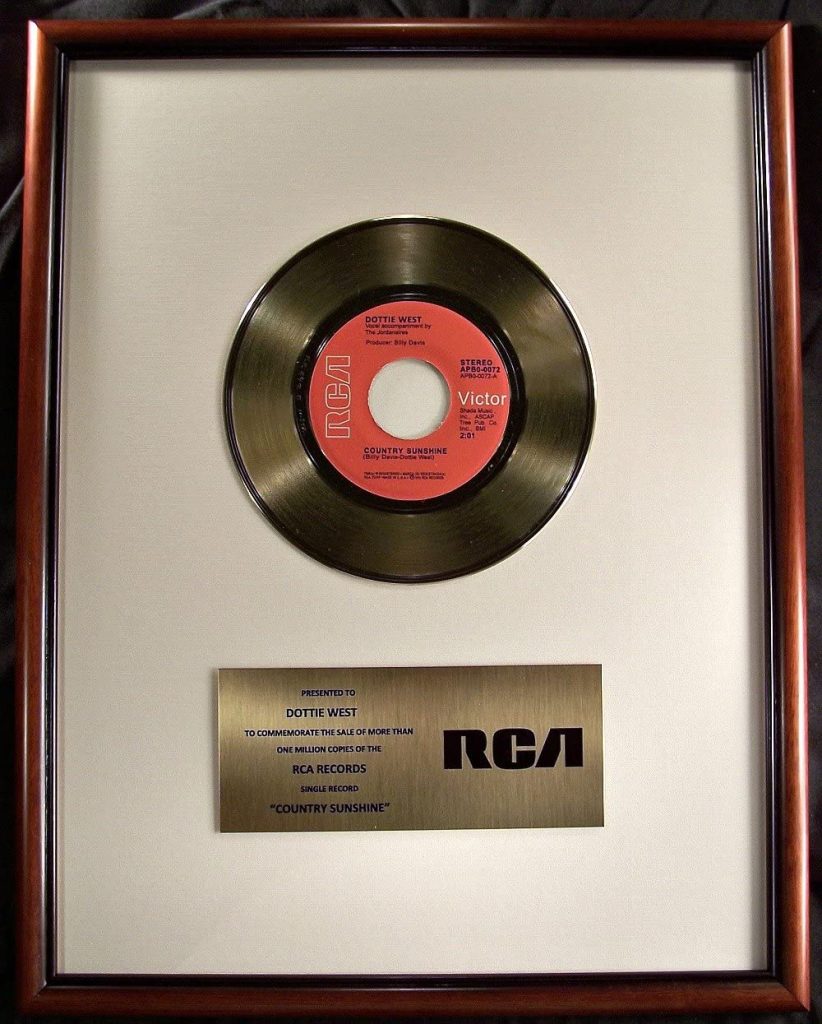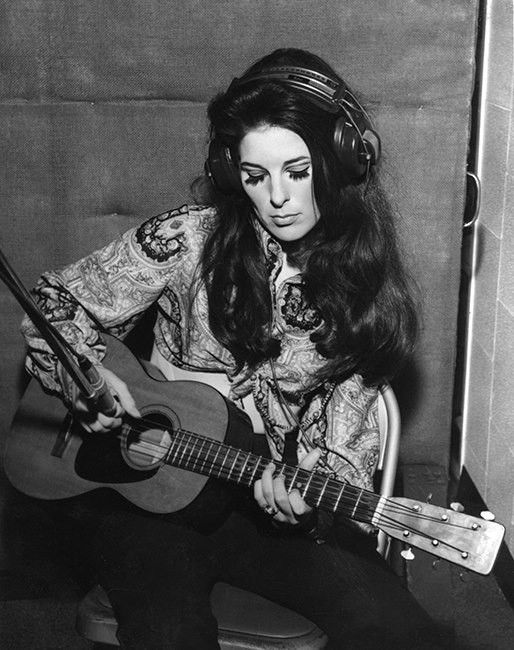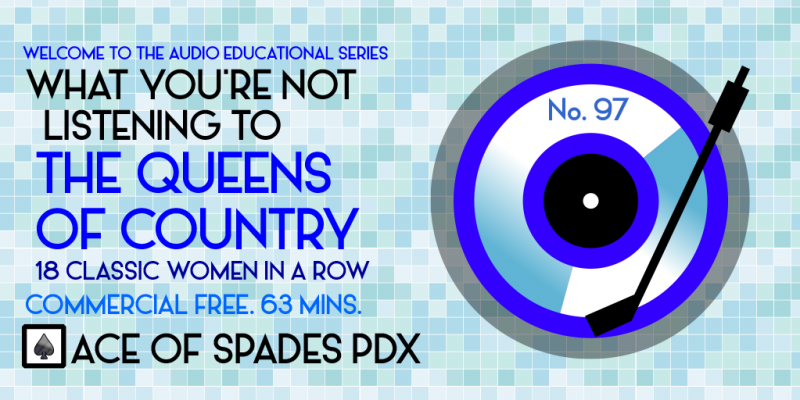Podcast: Play in new window | Download | Embed
Spotlighting the early achievements of female artists in the 74 years of the Billboard Country Chart’s existence, which, since its inception, has been a hard, rough and long continuous battle to be heard and represented. #country #countrymusic #womeninmusic
Recently, Billboard magazine reported, in an article disseminated by the Associated Press, a startling find: by mid-summer of this year, women have accounted for 21% of number-one songs on the chart in 2020, the highest percentage since 2006, when women made up 23% of the chart-toppers.

The sheer fact that this is news has been a hotly debated topic since the start of the new millennium. Musicologist Jada Watson, writing for NBC, outlines why not only women have been ignored by Country radio in the last several years, but also women of color as well.
This honestly should come as little to no surprise. The Country chart was first established by Billboard in 1946, and has since become the industry standard. It wasn’t until 1952, a full eight years after its inception that a female artist topped the chart with the now seminal recording “It Wasn’t God Who Made Honkey Tonk Angels” by Kitty Wells.

There have been female superstars in the Country genre, but they are few and far between. In addition to currently getting their music played often at the times of lowest ratings for any station broadcasting music (after 10 p.m. until 6 a.m.), one veteran artist, the legendary Loretta Lynn, has had more singles banned than any artist in Country music history for subjects that specifically deal with women’s issues (1974’s “The Pill”, about birth control, is a prime example). She even recorded, with Jack White, a multiple-Grammy winning album, Van Lear Rose in 2004, that received more airplay on public radio and alternative radio than traditional Country radio.

In an article for NPR, Eric Weisbard stated this about all radio formats: “Radio sold listeners to advertisers, not music to fans, and that meant being pragmatic about the tastes of groups highly defined by age, gender, race and class, not vaunting musical standards.” What this means: advertisers, those entities financially supporting media, and not listeners, are dictating programming. This is often referred to in the business as narrowcasting. It’s about your demographic and what advertisers can sell you to make the most money, not pushing boundaries and definitely not for the love of music.

If Country radio is to change and become more welcoming and progressive to dispossessed populations, it is up to those populations, who actually make up the majority of listeners, to demand change, typically through the support of not just these types of artists, but through making advertisers of broadcast radio recognize how they are being marginalized through keeping the status quo.

Though many of the songs in this program are now considered standards and known across generations, lately, that isn’t the case with the exception of those few female country artists that crossover to the Pop and Adult Contemporary mainstream. And sadly, we often to refer to these artists as classics because by and large, radio in few formats will play anyone over 50, which makes the achievements of these women a time capsule and not a point of reference for something exciting in today’s broadcast market.

In the words of Bob Dylan: “money doesn’t talk, it swears.” It’s up to you who it is directed to and how loud you wish that voice to be.
And, since 98 KQC FM in Michigan stated earlier this year they won’t play two female artists back to back, which is a common practice on Country radio, here are 18 of them in a row for you to enjoy and recognize what you have been missing all these years.
First Part
- Harper Valley P.T.A., 1968, Jeannie C. Riley, Harper Valley P.T.A.
- It Wasn’t God That Made Honkey Tonk Angels, 1952, Kitty Wells, single A-side
- Stand By Your Man, 1968, Tammy Wynette, Stand By Your Man
- Rose Garden 1970, Lynn Anderson, Rose Garden
- Then and Only Then, 1964, Connie Smith, Connie Smith
- Snowbird, 1970, Anne Murray, This Way Is My Way
- Jolene, 1973, Dolly Parton, Jolene
- Delta Dawn, 1972, Tanya Tucker, Delta Dawn
- Country Sunshine, 1973, Dottie West, Country Sunshine
Second Part
- Color Him Father, 1970, Linda Martell, Color Me Country
- Satin Sheets, 1973, Jeanne Pruitt, Satin Sheets
- You’re Lookin’ At Country, 1971, Loretta Lynn, You’re Lookin’ At Country
- Help Me Make It Through The Night, 1970, Sammi Smith, Help Me Make It Through The Night
- Set Him Free, 1959, Skeeter Davis, I’ll Sing You a Song and Harmonize Too
- She’s Got You, 1962, Patsy Cline, Sentimentally Yours
- Break It To Me Gently, 1962, Brenda Lee, …Let Me Sing
- The Midnight Oil, 1973, Barbara Mandrell, The Midnight Oil
Finale
- Ode To Billie Joe, 1967, Bobbie Gentry, Ode to Billie Joe
Love to you all.
Ben “Daddy Ben Bear” Brown Jr.
Host, Show Producer, Webmaster, Audio Engineer, Researcher, Video Promo Producer and Writer
“Copyright Disclaimer Under Section 107 of the Copyright Act 1976, allowance is made for ‘fair use’ for purposes such as criticism, comment, news reporting, teaching, scholarship, and research. Fair use is a use permitted by copyright statute that might otherwise be infringing. Non-profit, educational or personal use tips the balance in favor of fair use.”
